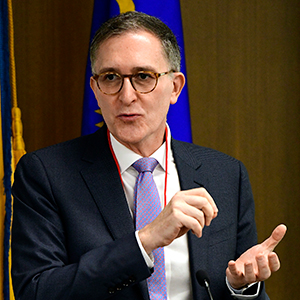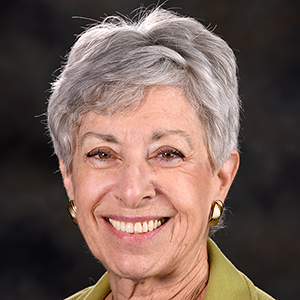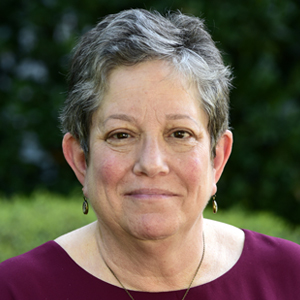Approximately 300 of the state’s public health leaders convened Jan. 24-25 at the North Raleigh Hilton to discuss efforts to make North Carolina one of the healthiest states in the nation. The theme of the 2019 North Carolina Public Health Leaders’ Conference, “Growing Healthy North Carolinians,” was a nod to the mounting body of research that indicates that people who are healthier as children often grow up to be healthier as adults.
NIEHS and National Toxicology Program (NTP) Director Linda Birnbaum, Ph.D., delivered the closing talk of the two-day event. In her talk, “NC Air, NC Water, NC Health,” Birnbaum described how environmental health research can inform and inspire strategies to improve public health.
“Dr. Birnbaum tied environmental health to issues that are happening in North Carolina right now,” said Virginia Guidry, Ph.D., head of the Occupational and Environmental Epidemiology Branch at the NC Department of Health and Human Services (NC DHHS) and a former member of the NIEHS communications team. “It’s important to be familiar with the potential health concerns that exist in our own backyards.”
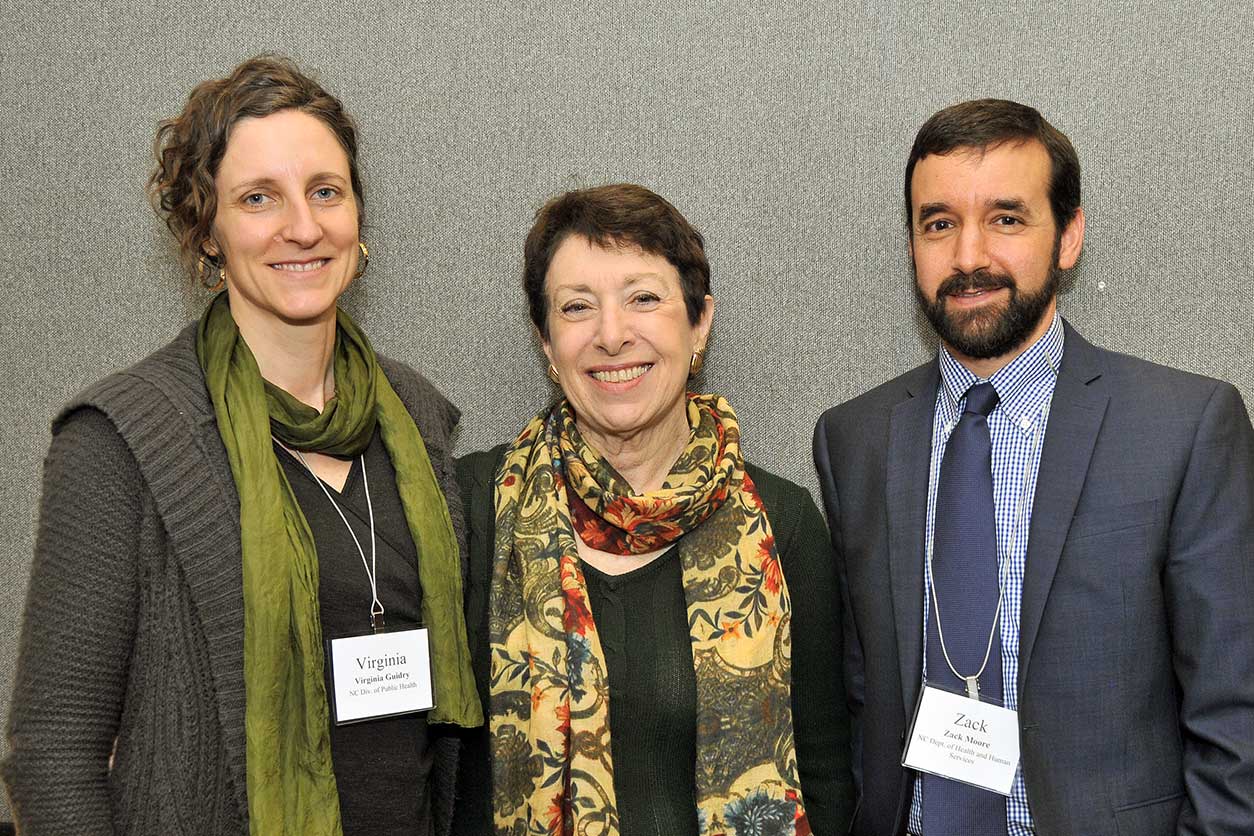 Zack Moore, M.D., right, chief of the epidemiology section at NC DHHS, introduced Birnbaum at the conference and chatted afterwards with her and Guidry, left. (Photo courtesy of Scott Coleman)
Zack Moore, M.D., right, chief of the epidemiology section at NC DHHS, introduced Birnbaum at the conference and chatted afterwards with her and Guidry, left. (Photo courtesy of Scott Coleman)Your environment, your health
Birnbaum took a comprehensive look at environmental exposures that pose a risk to the health of North Carolinians. According to Guidry, she talked about well water and health, fish consumption advisories, per- and polyfluoroalkyl substances, or PFAS, and environmental health concerns after hurricanes and other disasters. “She made environmental health relevant to the people in the room,” said Guidry.
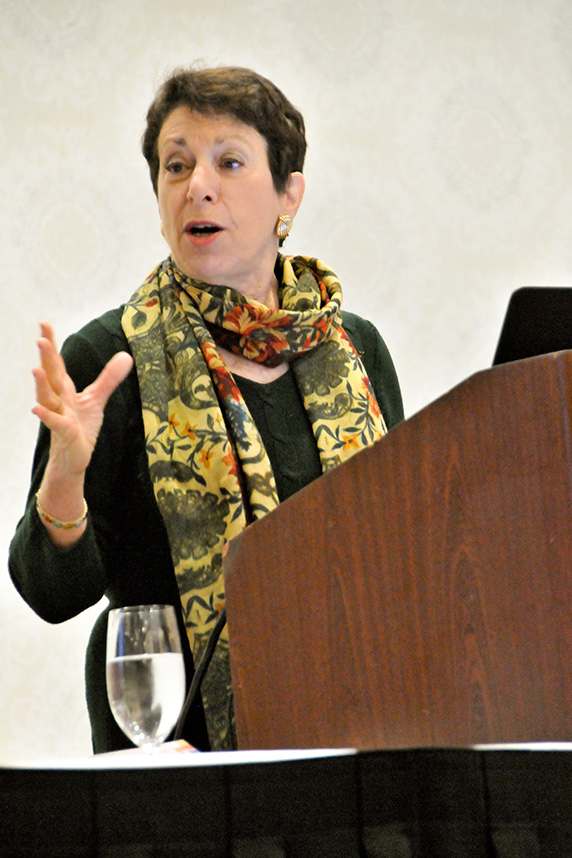 Birnbaum shared success stories, such as how NIEHS-funded safety training after Hurricane Florence helped prioritize mold awareness and safe cleanup in the aftermath of the storm. (Photo courtesy of Scott Coleman)
Birnbaum shared success stories, such as how NIEHS-funded safety training after Hurricane Florence helped prioritize mold awareness and safe cleanup in the aftermath of the storm. (Photo courtesy of Scott Coleman)Birnbaum listed a variety of ways that NIEHS serves as a valuable resource for the Healthy North Carolina initiative. For example, the institute funds researchers across the state who have a broad range of environmental health expertise. It supports centers whose community engagement groups translate findings and educate communities. Finally, the NIEHS Partnerships for Environmental Public Health program provides those working to improve the health of North Carolinians with an easy way to stay connected.
Improving public health in North Carolina
In 2018, North Carolina ranked 33rd among states in overall health status, according to the United Health Foundation. Over the last ten years, public health and prevention experts from across the state have worked to improve that ranking through a health implementation plan known as Healthy North Carolina 2020: A Better State of Health.
Leaders of the January conference kicked off the meeting by sharing their progress to date and creating a plan for the decade ahead, Healthy North Carolina 2030.
The sessions that followed demonstrated the breadth of public health interventions required to improve the health of the state, including actions such as those listed below.
- Care for women with opioid use disorder and their babies.
- Expanded newborn screening.
- Early childhood initiatives.
- New approaches to teen suicide.
- Reduction of environmental exposures.
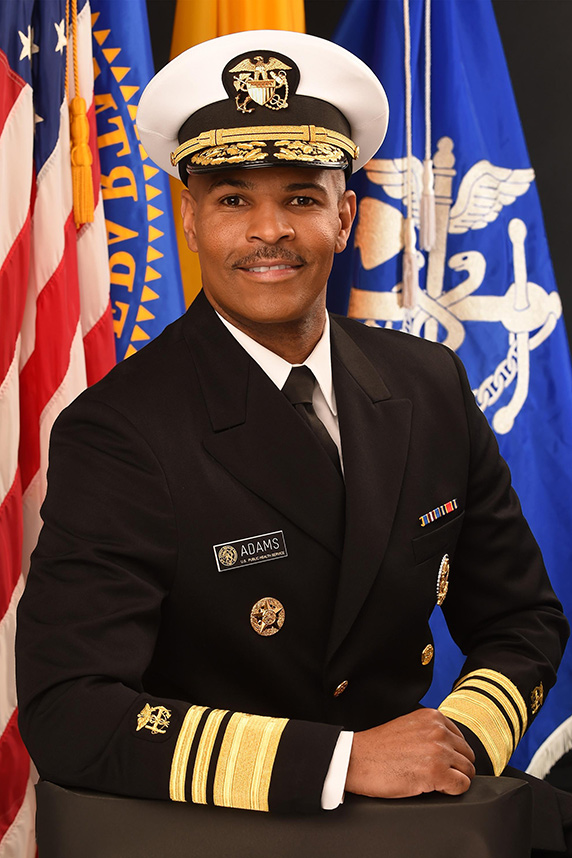 In his talk, Adams touched on a variety of topics, tying together science and public health. (Photo courtesy of U.S. Department of Health and Human Services)
In his talk, Adams touched on a variety of topics, tying together science and public health. (Photo courtesy of U.S. Department of Health and Human Services)Distinguished speakers
Birnbaum was one of several distinguished speakers, including those listed below.
- U.S. Surgeon General, Vice Admiral Jerome M. Adams, M.D. (see sidebar).
- John Auerbach, president and CEO of Trust for America's Health.
- Pam Silberman, J.D., Dr.P.H., University of North Carolina at Chapel Hill (UNC).
- Adam Zolotor, M.D., Dr.P.H., North Carolina Institute of Medicine.
- Betsey Tilson, M.D., state health director, NC DHHS.
- Hendree Jones, Ph.D., UNC Horizons.
- Rebecca Planchard, NC DHHS.
(Marla Broadfoot, Ph.D., is a contract writer for the NIEHS Office of Communications and Public Liaison.)





